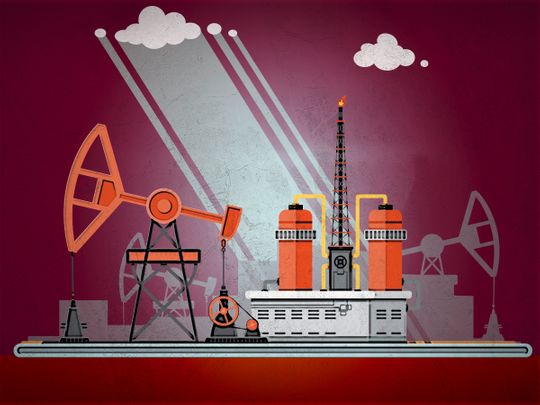
A major report by the International Energy Agency (IEA) warns the global shift to clean energy is on course to ratchet up the demand for minerals over the next two decades.
By 2040, the minerals required for clean energy technologies will double if climate policies are moderate, and could increase by as much as fourfold if climate policies are ambitious.
This does not mean there are not enough minerals to produce renewable energy. However, the supply of minerals is, in many cases, dependent on resolving some geopolitical issues, and ensuring international collaboration.
A significant source of the minerals used in the manufacture of renewables are found in China, and the West may be reluctant to provide China with a clear path to further economic growth.
Essential mineral mining in other countries often requires complex legal processes to be adhered to: Obtaining minerals from Africa and parts of Asia is not as easy as it was 20 years ago.
Meanwhile, global energy demand is on course to double by 2040, due to rapid economic growth in countries including China, India, Indonesia, Brazil and the Middle East, according to the US Department of Energy.
Economies of scale
Generating electricity or heat from renewable sources such as solar, wind, biomass and hydrogen, instead of fossil fuels, reduces countries’ dependence on imports and therefore their vulnerability to geopolitical shocks and crises.
According to the International Renewable Energy Agency (IRENA), green energy sources are already cheaper than fossil fuels in most parts of the world today, and their cost is going down even more due to technological innovations and economies of scale.
Furthermore, green energy sources can also boost economic growth, new jobs, poverty reduction and social justice by providing access to clean and affordable energy for everyone.
Nonetheless, it is essential to understand that clean energy production still faces numerous challenges to becoming a reliable, widespread source of energy. By 2022, renewables provided just 13 per cent of global primary energy. The consumption on the other hand has increased by more than 17% during the same period.
One of the biggest barriers is the lack of adequate policies and regulations, incentives and financial support for the clean transition.
Inconstancy of renewables
Another issue is the inconstancy of some renewables such as solar and wind which require large battery storage facilities allowing them to integrate successfully with existing systems and grids. The social and environmental impacts such as conflicts over land use, biodiversity loss and water consumption are also major challenges.
Like it or not, as the demand for energy continues to grow faster than ever, oil, gas and coal will still be the main sources of global energy. Green energy production can only supplement fossil fuels unless there is a historic and systematic approach that considers technical, economic, social and environmental aspects of energy transition to make green energy a reliable alternative to the current energy.
To achieve the global goal of reducing carbon dioxide and other powerful greenhouse gases in the atmosphere, we need to adopt a positive attitude towards cutting down our carbon dioxide emissions.
This must involve focusing on solutions that make the current sources of energy more environmentally friendly, educating societies and public on the value of energy saving and providing incentives to individuals for their proper use of energy, and also providing enough funding to global research institutions and universities to support solutions that are reliable and based on science and innovation.
Primary energy source
With the lengthy rise of renewable energy, the world will have no choice but to keep fossil fuel as its primary energy source.
On the other hand, global warming continues to endanger our earth. The concentration of CO2 as a result of burning fossil fuels such as coal oil and gas for energy transportation and industry is also rising. In 2010 the CO2 concentration was 389 ppm and sharply rose to 412.5 ppm in 2020.
Although carbon dioxide is only a small fraction of the atmosphere about .04%, it has a large impact on the global climate because it traps heat and prevents it from escaping into space. The higher the concentration of CO2 in the atmosphere, the more heat is trapped and consequently, the warmer our planet becomes.
It is clear that our earth, suffering from global warming, and our lifestyle with all man-made pollution, will continue.
The effort of finding an alternative that could eliminate fossil fuel or reduce it drastically is virtually impossible to achieve based on the data available. The global option is to find technologies that could reduce the equivalent carbon dioxide from fossil fuel into useful energy.
— Dr Abdullah Belhaif Al Nuaimi is a former UAE minister of Infrastructure Development and for Climate Change and Environment








